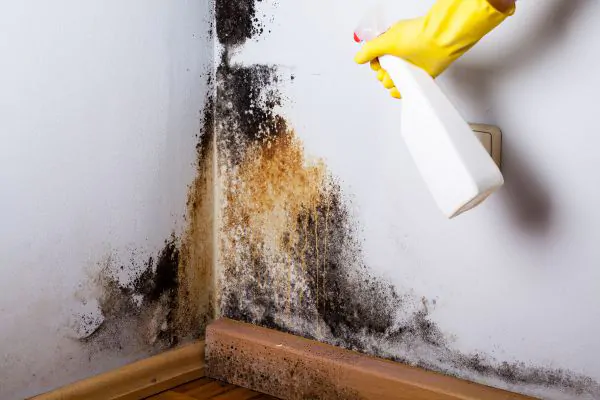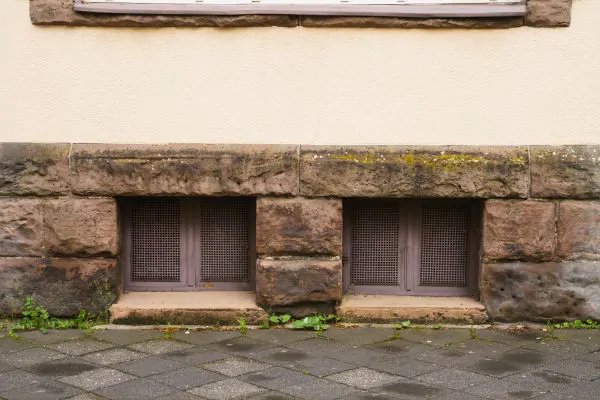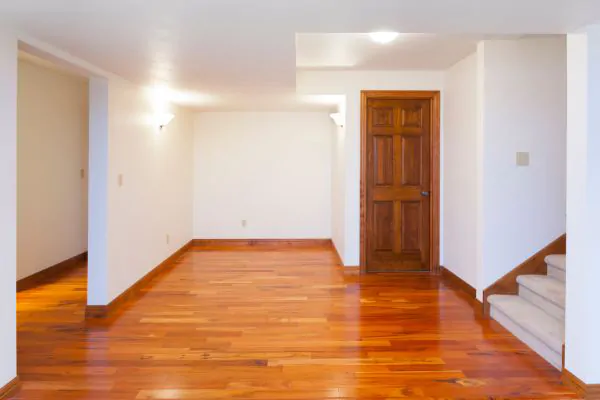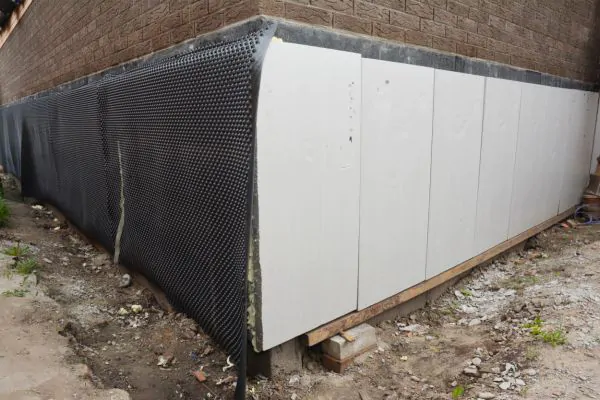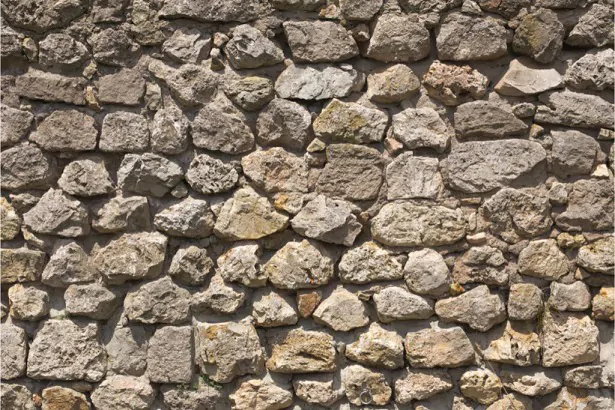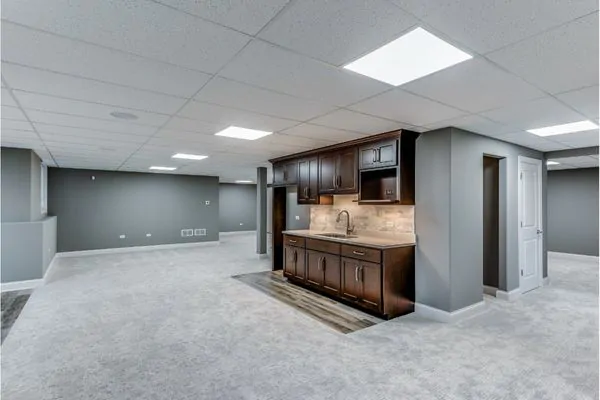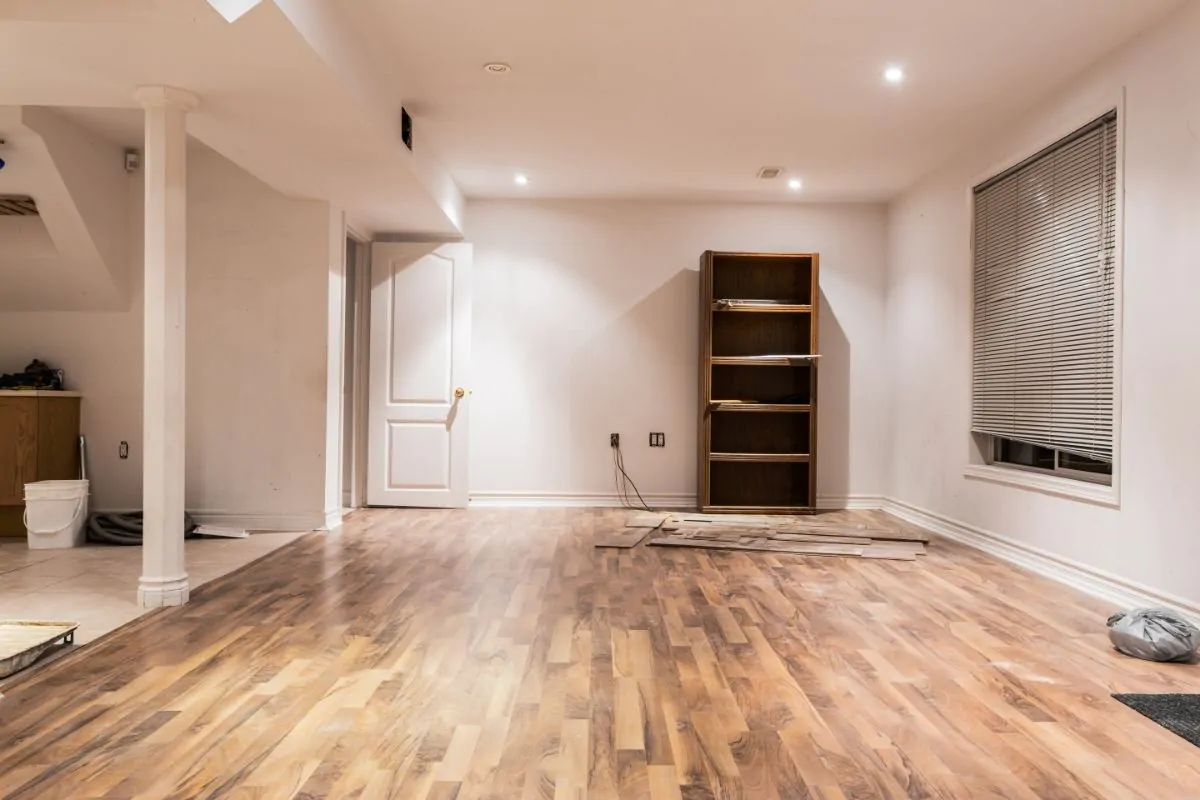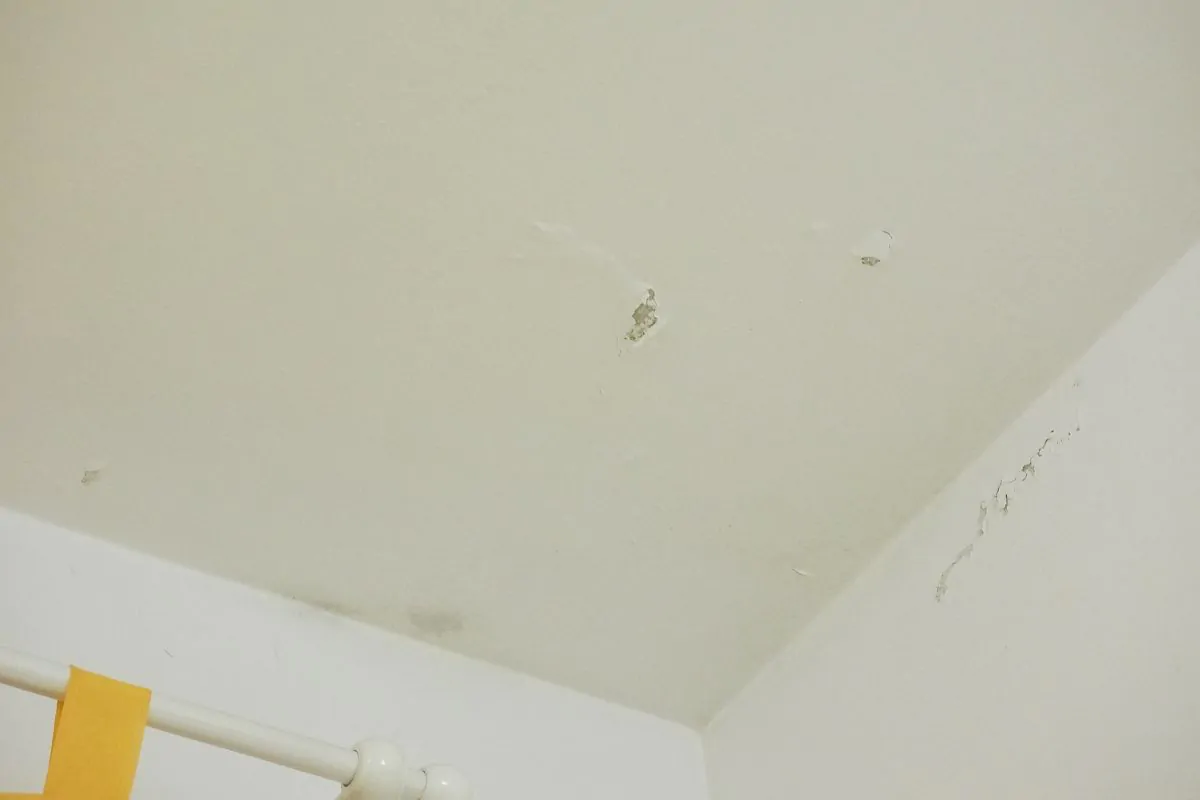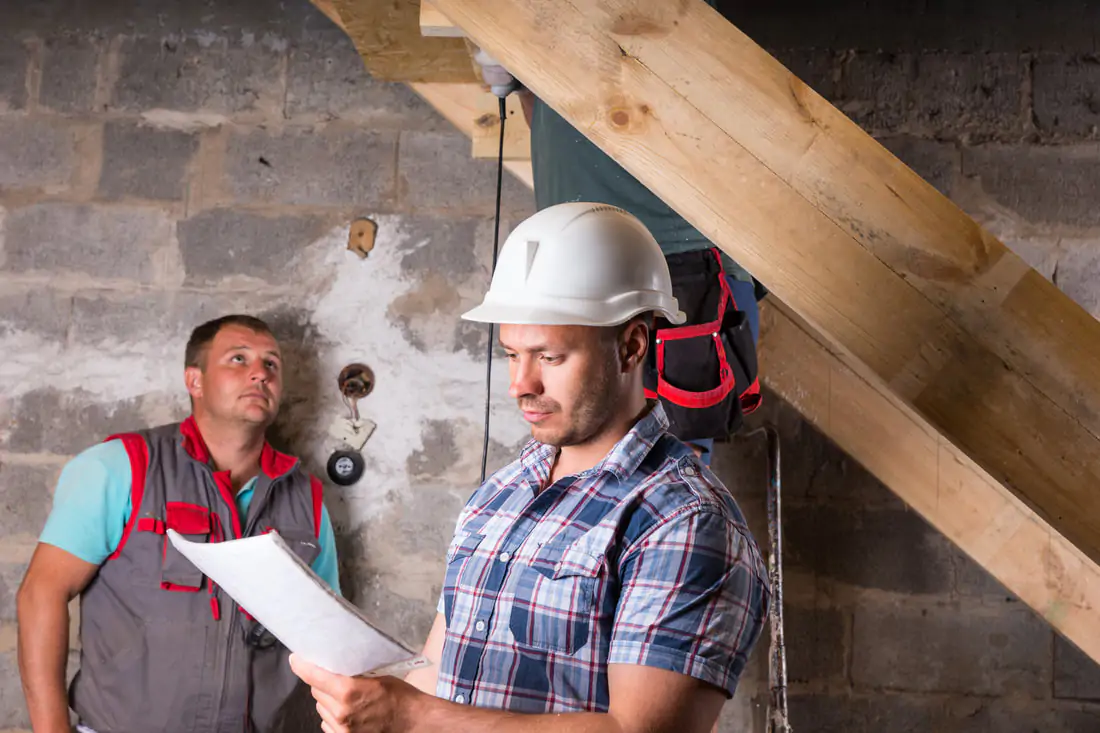
Basements tend to draw in water since they are built below ground level. You may observe moist basement walls occasionally, puddles of water here and there, or a flooded basement if there has been excessive rainfall. Humid or damp basements can result in peeling paint, mold and mildew growth, rotting wood, and ruined items. During construction, builders take steps to waterproof basements, but a house’s foundation can settle, causing cracks to appear in the basement over time. When the soil outside becomes soaked, water will penetrate these cracks. The air in the basement becomes more humid as the water from the walls evaporates. Even well-constructed basement walls ingest water from the ground and transfer it to the interior, making the walls feel wet.
Basements tend to draw in water since they are built below ground level. You may observe moist basement walls occasionally, puddles of water here and there, or a flooded basement if there has been excessive rainfall. Humid or damp basements can result in peeling paint, mold and mildew growth, rotting wood, and ruined items.
During construction, builders take steps to waterproof basements, but a house’s foundation can settle, causing cracks to appear in the basement over time. When the soil outside becomes soaked, water will penetrate these cracks. The air in the basement becomes more humid as the water from the walls evaporates. Even well-constructed basement walls ingest water from the ground and transfer it to the interior, making the walls feel wet.
Dehumidifiers will help remove extra basement humidity, but the most lasting solution is to waterproof the walls. The fix for the moisture problem may require a foundation contractor’s assistance, or a simple do-it-yourself approach may suffice. If you’re looking to waterproof your basement walls, the following tips will help you get to work.
Figure Out The Water Source
Concrete is permeable, so you may detect moist streaks where water gets in. Look for them along cracks, at the corners of windows, between brick joints, and around pipes, so you know where they enter or exit, like a water-supply line or a sewer pipe. If the entire wall surface is wet, it requires further investigation. An easy condensation test can be conducted by drying an area of the wall with a rag and then using duct tape to attach aluminum foil to the wall. In 24 hours, take off the foil and examine the underside to see whether the foil is damp or dry. If it is wet, there is an outside source of leaks — presumably a shower in the basement that can be corrected with a vent fan.
Do Not Make Repairs While Water Still Stands
It is important to remove all the water in a flooding basement before you attempt to repair it. Working in a flooded basement significantly increases the risk of being electrocuted, resulting in serious injury or death. You need to turn off the power to the basement and use a utility pump to eliminate the water. The pump will release the water on the surface of your lawn using a garden hose. After the water is gone, you can repair and waterproof the basement walls.
Fill Any Cracks With Hydraulic Cement
Cracks in the basement walls are another place where cracks are common. When a foundation is poured, the footing— a wide flat base of concrete and reinforced steel—is poured first, and after the footings have hardened, the walls are poured on top. This is standard practice in construction, but it creates what’s known as a “cold joint,” a weak spot between the wall and the footing where cracks can develop as a foundation shifts and settles as lateral pressure from the soil occurs.
However, this is a relatively straightforward DIY task, as it involves filling cracks with hydraulic cement, like QUIKRETE’s Hydraulic Water-Stop Cement, which you can find at many hardware stores. Hydraulic cement is mixed with water to a heavy putty consistency with the addition of catalysts that keep the concrete growing and setting rapidly, then pushed into cracks utilizing gloves or a putty knife. Hydraulic cement pushes deeply into cracks and crevices to form a watertight union. If you mix too much, it will begin to set within three minutes. Therefore, make sure you only mix enough to last for this amount of time.

These are just a few tips for how to repair water damage and waterproof your basement. If you require more assistance, it may be wise to consult a professional basement finisher. These basement contractors know all the ins and outs of the construction, as well as the code required by your local government.




